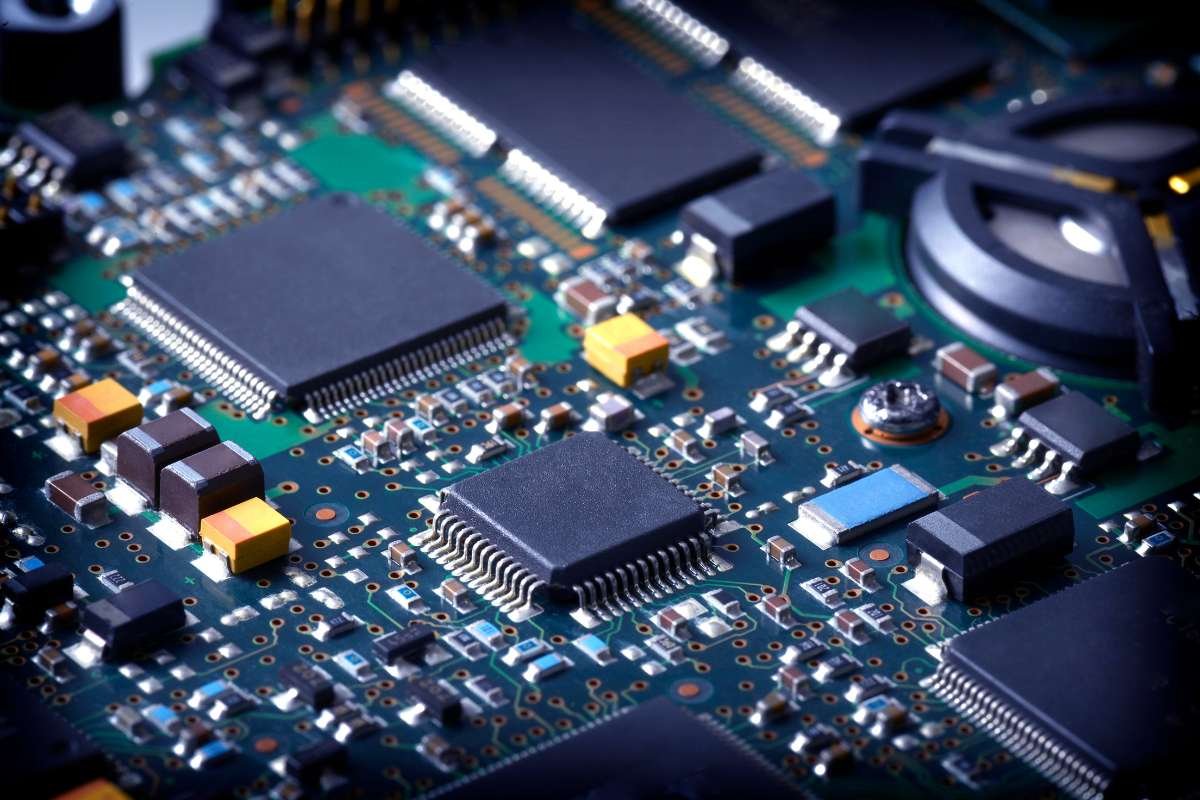The electronic invasion in robotics and automation has changed the face of both fields. The operations of the industry will change majorly giving efficient and productive outputs. The way people manufacture, live, work, and communicate has changed a lot via automation. The use of these makes it possible to make optimum use of efficiency and innovation. It lets other industries get a glimpse of a highly automated world. The symbiotic relationship of robotics and automation, helps us to explore the dynamic duo.
Machines like these, with the invasion of robotics and automation, help the development of crucial manufacturing and electrical systems. With the use of electronics, these two industries have gained dominance over computations, manufacturing, mechanical systems, and metallurgical studies.
Let us have a look at The Use of Electronics in Robotics and Automation:
The integration of electronics in robotics and automation serves as a catalyst for efficiency and precision. Electronics provide the brainpower that drives robotic systems, enabling them to perceive, process information, and execute tasks with remarkable accuracy. This collaboration has ushered in a myriad of benefits, ultimately redefining industries that rely on precision, speed, and consistency.
1. Efficiency Amplified
- Robotics and Automation:

The essence of robotics and automation lies in streamlining processes, minimizing errors, and optimizing resource utilization. The infusion of electronics enhances these attributes exponentially. In manufacturing, for instance, electronics-enabled robotic arms can perform intricate tasks with minute precision, reducing product defects and boosting production efficiency. Similarly, in logistics and warehousing, automated systems equipped with electronics can orchestrate complex supply chains, ensuring seamless order fulfillment and inventory management.
- Precision and Accuracy:
Electronics-driven robotics excel in precision-based tasks. Whether it’s performing surgery, assembling delicate components, or analyzing data, the integration of electronics elevates accuracy to previously unattainable levels. This level of precision has far-reaching implications, from medical advancements to aerospace innovations, where even the slightest error could lead to catastrophic consequences.
2. Growth through Competitive Advantage
- Industry Transformation
The robotics and automation industry is poised for exponential growth, thanks to the integration of electronics. Industries that adopt these technologies gain a significant competitive edge, as they can produce higher-quality goods at a faster rate and reduced cost. An edge made possible with advanced tech using HMIs and PLCs that integrate to work with Rexroth, Kuka and Siemens parts. This edge translates into increased market share and profitability, as well as the ability to swiftly adapt to changing market demands.
- Customization and Flexibility

Electronics empower robotics and automation systems to be versatile and adaptable. This is particularly beneficial in industries where customization and flexibility are paramount. For example, in the automotive sector, electronics-driven robotic assembly lines can quickly adapt to produce different models with varying specifications, optimizing production efficiency and catering to consumer preferences.
3. Innovative Industries Redefined
- Healthcare and Medicine
The healthcare sector has witnessed a transformation through the integration of electronics in robotics. Surgical robots, guided by precise electronics, enable minimally invasive procedures with reduced recovery times. Telemedicine, made possible by robotics and electronics, connects patients with healthcare professionals remotely, bridging geographical gaps and expanding access to medical care.
- Agriculture and Farming
Even traditional industries like agriculture are embracing electronics-driven robotics and automation. Smart farming utilizes drones and robotic systems equipped with sensors to monitor crops, assess soil conditions, and optimize irrigation, leading to higher crop yields and resource efficiency.
4. Challenges and Ethical Considerations
While the collaboration between electronics and robotics holds immense potential, it also presents challenges. The displacement of human workers due to automation raises questions about job security and the ethical implications of a workforce largely composed of machines. Striking a balance between technological advancement and social responsibility is essential for sustainable progress.
5. The Path Forward: A Synthesis of Technology and Humanity
The future of robotics and automation, driven by electronics, is a landscape of endless possibilities. As these technologies continue to evolve, the key lies in harmonizing their potential with human values. By leveraging the efficiency, precision, and competitive advantage offered by electronics-driven robotics and automation, industries can propel themselves into a new era of innovation.
Benefits of using robotics and automation in various industries;
- Precision and Consistency:

Electronics-driven robotics excel in tasks that demand precision and consistency. In industries such as manufacturing, electronics-powered robotic arms can execute intricate tasks with unparalleled accuracy. This precision minimizes errors, reduces defects, and ensures that products meet the highest quality standards. Whether it’s assembling delicate components or performing complex surgeries, the infusion of electronics enhances precision to previously unattainable levels.
- Enhanced Productivity:
The marriage between electronics and automation significantly enhances productivity. Robotic systems equipped with electronics work tirelessly, 24/7, without the need for breaks or rest. This uninterrupted operation translates into higher output and faster production cycles. Whether it’s a manufacturing assembly line or a logistics warehouse, electronics-driven automation optimizes resource utilization and expedites processes, leading to greater overall efficiency.
- Streamlined Processes:
Industries that embrace electronics-driven robotics and automation benefit from streamlined processes. Automation replaces repetitive and mundane tasks that were once time-consuming and labor-intensive. This allows human workers to focus on more complex and creative aspects of their roles, resulting in a workforce that’s more engaged and capable of contributing strategic value to the organization.
Conclusion
In conclusion, the integration of electronics in robotics and automation has redefined industries, reshaping the way we manufacture, communicate, and operate. The efficiency amplified by this partnership is the cornerstone of advancements across sectors. From precision and accuracy to the competitive advantage gained by industries, electronics-driven robotics is a force that has revolutionized the very essence of modern life. As we embrace this dynamic evolution, it’s imperative to navigate the ethical considerations that arise and ensure that our journey into an automated future is one that prioritizes the synthesis of technology and humanity.








